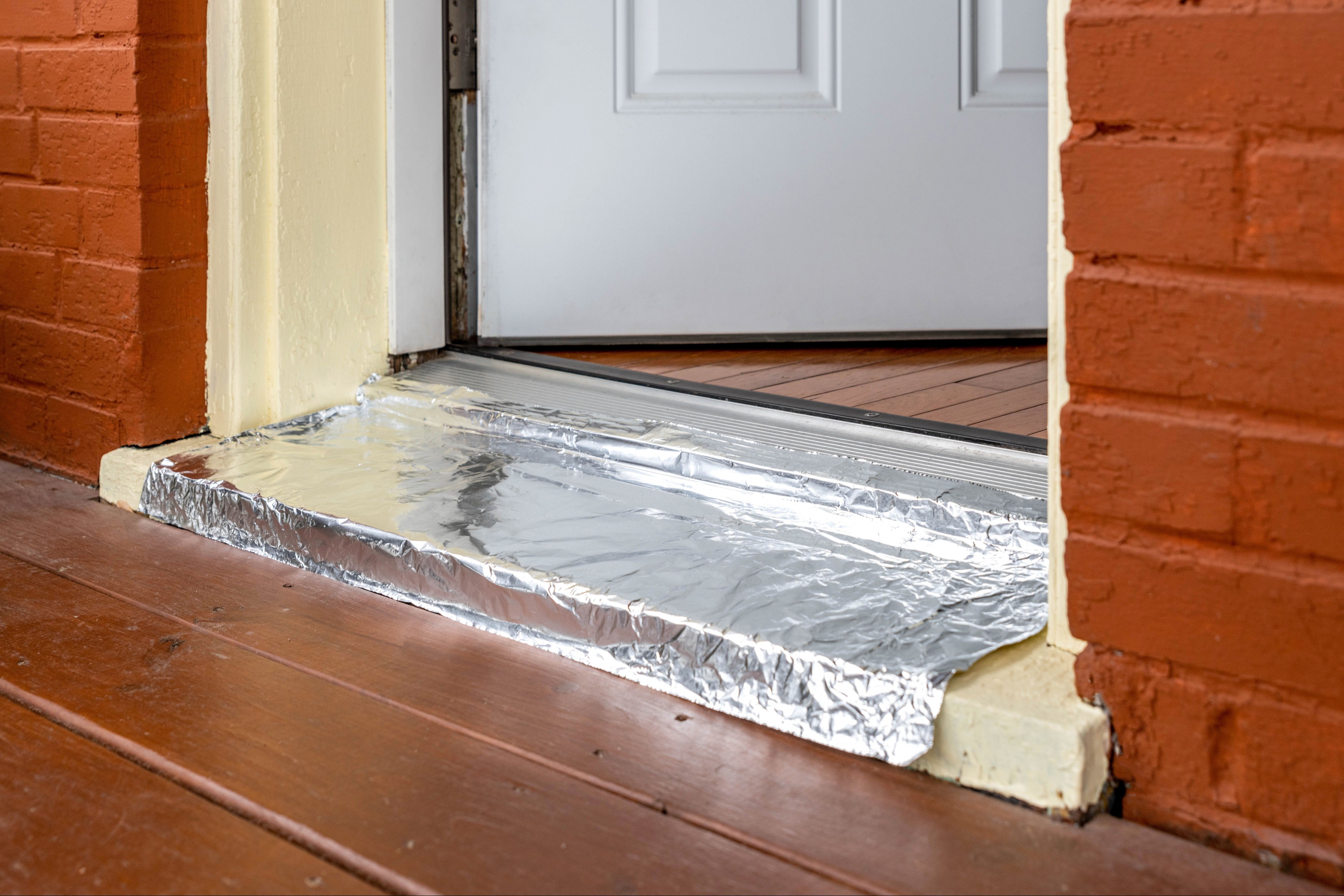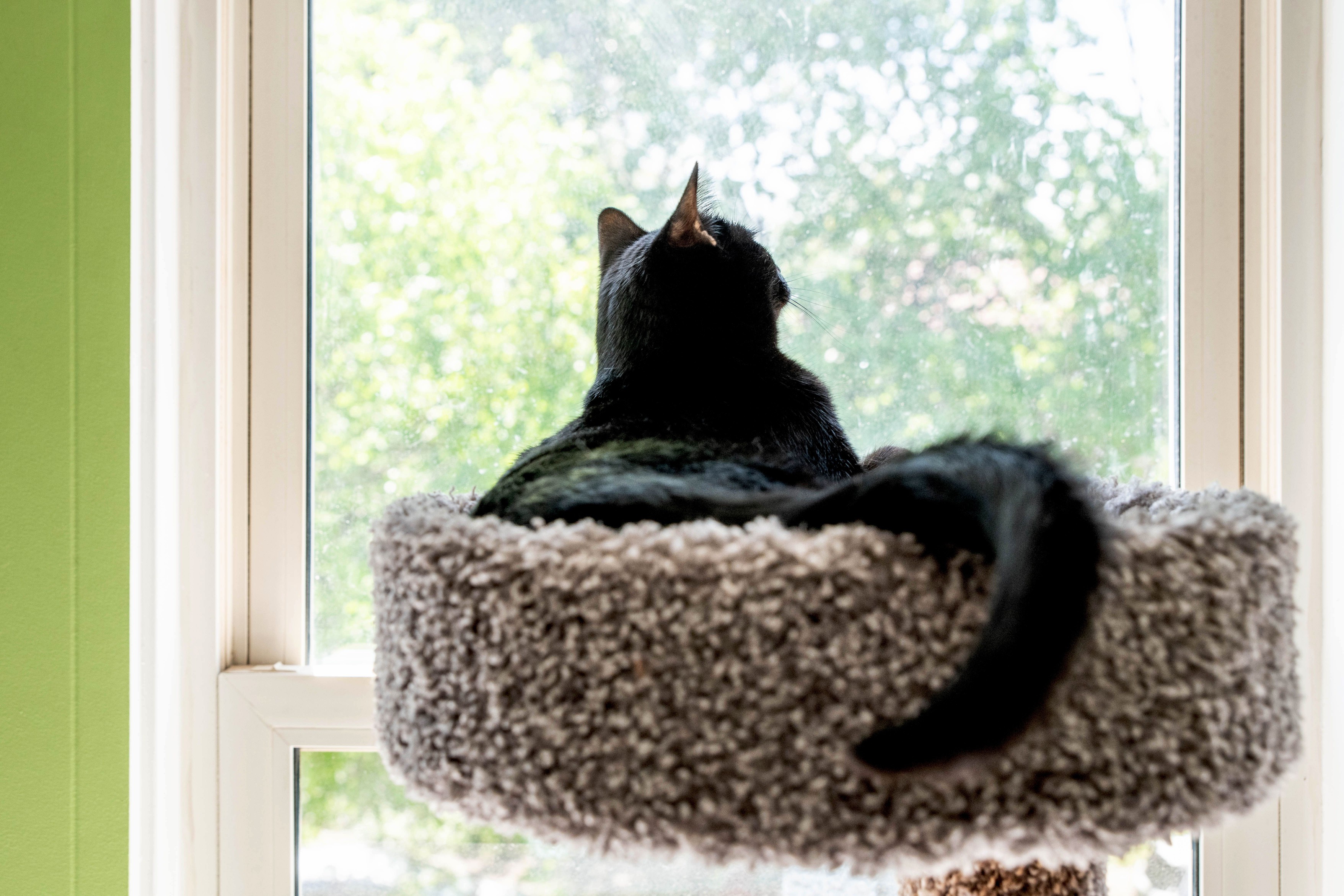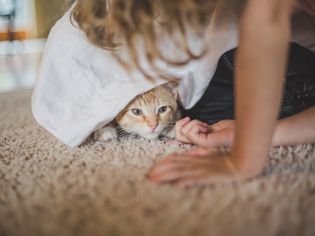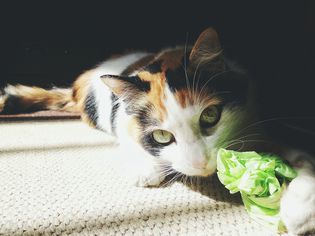Indoor cats sometimes attempt to escape from the house, and this can be especially frightening for their owners. Most house cats are not at all equipped to handle the sensory overload of being outside and come back inside immediately. But if your house cat gets out, they run the greatest risk of injuring themselves or being injured by another cat, person, or car.
Below, we explain why your cat keeps running outside, solutions to avoid them escaping, and the best ways to protect your cat from external threats.
Why Cats Try to Escape
Cats in the wild are natural hunters who stalk their prey, kill it, eat it, and then return to the pride. They are also semi-nocturnal creatures with a strong drive to reproduce. Lions, especially, are very territorial, fiercely protecting their turf and their young from any would-be interlopers.
Even though house cats have their meals provided to them, they still have the hunting urge and may try to get out to look for prey. House cats also still have the genetic urge to protect their territory and to get out and mate if they can. This is why they'll sometimes "mark" an area in the house by spraying urine.
In your cat's mind, its territory may extend beyond the house, especially if there are other cats in the neighborhood or if your cat has a particularly good view of the outdoors. Cats also like to keep apprised of their environment and be aware of potential dangers in and around their homes.
How to Keep Cat from Running Out the Door
It's natural for your indoor cat to want to explore and find the best spots to survey its territory, even if it means trying to access views blocked by doors. While you can't eliminate this instinct, you can work on curbing some of these troublesome behaviors.
Train Threshold Boundaries
Much like dogs, cats can also be trained in desirable threshold behaviors and can help prevent them from bolting out the door.
Encourage your cat to stay away from danger zones with a few basic training techniques. For the best training results, create a positive association and experience if they stay away from the door when it opens. Offer treats or praise whenever your cat is near the door, but don't attempt to run out.
Start with your cat on a leash or harness to prevent escape attempts, and open the door while they are restrained. Reward your cat if they stay inside, and if they attempt to run out the door, use treats or a toy to lure them back inside.
With time and practice, you can introduce a cue word or phrase, such as "stay" or "wait," whenever you're near the door with your cat. Consistently use this cue before opening the door and practice with the cue in short training sessions.
Then, you can build on this training by using the cue, opening the door slightly, and rewarding your cat for staying put.
As your cat becomes more accustomed to the cues and desired behavior, increase the difficulty by opening the door wider or having someone walk past with distractions outside. Whenever your cat responds to the cue and remains indoors, offer plenty of praise and treats. Positive reinforcement encourages the desired behavior to continue.
Consistency is key to successful training. Always use the cue and reward good behavior. Avoid inadvertently reinforcing unwanted behavior by opening the door when your cat tries to dash out. With patience, consistency, and positive reinforcement, you can train your cat to stop running out the door and instead exhibit more desirable behaviors indoors.
If you don't have time to train your cat or are worried about keeping them inside during the training process, then consider investing in some type of physical barrier to block the cat's access to the door and minimize the risk of them escaping.

The Spruce / Adrienne Legault
Offer Alternative Getaway Options
It's not fair to simply forbid the cat access to a much-loved activity. Provide some allowed outlets that are more attractive than the forbidden zones, and the cat may naturally choose to lounge there and abandon the doorway dash.
Position a cat tree or kitty bed on a tabletop right in front of a window some distance away from the door. Make this the most wonderful cat lounge spot ever by hiding catnip or food treats in the bed, for example.
Before you go out the door, use positive reinforcement by giving your cat the "best treat in the world," but only if it's on the cat tree/bed (a safe distance from the door). Then make your exit. Enlist help from friends to knock on the door or ring the doorbell to practice, so arrivals also make kitty think, "Hey, it's treat time!"
Some homeowners may build a "catio" to offer more access to the outdoors to their pets. A mix of the words "cat" and "patio," it's an enclosed outdoor space designed specifically for cats, providing a safe and secure environment for them to enjoy the outdoors while protecting them from potential dangers like predators, traffic, and getting lost.
If your cat is leash trained, taking them on walks or for enrichment time in the yard is another excellent way to provide them with their desired natural behaviors.

The Spruce / Adrienne Legault
Spay or Neuter Your Cat
While sterilizing it may not alleviate all of your cat's desire to sneak out, unaltered cats (those not spayed or neutered) make escape attempts much more often. Most owners notice that cats have a lower desire to escape and go roaming after they are spayed or neutered.
Protect Your Cat
If all else fails and your cat still tries to get out despite your best efforts, take some precautions to take:
- Have your cat wear a collar and a tag with your address on it at all times. For your cat's safety, this should be a tear-away collar so they can get away if the collar gets stuck on something.
- Because the collar may come off, you should also have your cat microchipped so that your cat can be identified with or without its tags.
- Put a sign by your cat's favorite door warning visitors to keep an eye out and close the door quickly behind them.
- Keep its vaccinations up to date and give it regular antiflea and heartworm medications.









Comments on "Why Your Cat Keeps Running Outside and How to Stop It" :